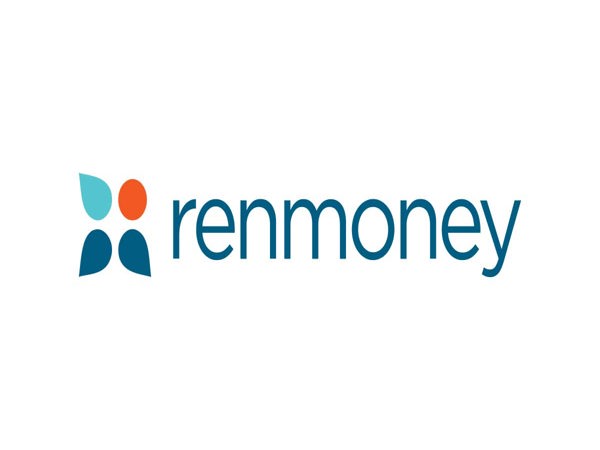In the ever-evolving business landscape, where uncertainties lurk around every corner, risk assessment emerges as a pivotal tool for organizations to navigate through potential threats and seize opportunities. Recognizing the importance of proactive risk management is no longer a luxury but a necessity for companies striving for success and longevity.
Importance of Risk Assessment
Risk assessment plays a critical role in safeguarding organizations from a myriad of risks, ranging from financial to operational, reputational to strategic. By identifying, analyzing, and addressing potential risks, businesses can mitigate their impact and ensure continuity in an increasingly complex and interconnected world.
Significance in Today's Business Landscape
In today's rapidly evolving business landscape, where disruptions and uncertainties are the norm, risk assessment has emerged as an indispensable tool for organizations seeking to maintain a competitive edge. With globalization, technological advancements, and ever-changing regulatory landscapes, the need for robust risk management strategies has never been more pressing.
Demystifying Risk Assessment
Defining Risk Assessment
Risk assessment is a systematic process that involves identifying, analyzing, and evaluating potential risks that could impact an organization's objectives, operations, or stakeholders. It is a comprehensive approach that aims to provide a structured framework for understanding and managing risks effectively.
Identifying Potential Risks
The first step in the risk assessment process is to identify potential risks that could arise from various sources, such as internal processes, external factors, or strategic decisions. This involves gathering data, conducting stakeholder interviews, and leveraging risk management tools and techniques to identify a comprehensive list of risks.
Analyzing Risk Likelihood and Impact
Once potential risks have been identified, the next step is to analyze their likelihood of occurrence and the potential impact they may have on the organization. This analysis involves assessing the probability of the risk occurring and the severity of its consequences, considering factors such as financial implications, operational disruptions, reputational damage, and legal or regulatory implications.
The Comprehensive Risk Assessment Process
Establishing Context and Objectives
Before embarking on the risk assessment journey, it is crucial to establish the context and objectives of the assessment. This involves defining the scope, identifying stakeholders, and aligning the assessment with the organization's overall strategic goals and risk appetite.
Risk Identification and Categorization
Risk identification is a critical step in the risk assessment process, as it involves identifying and documenting potential risks that could impact the organization's objectives. This can be achieved through various techniques, such as brainstorming sessions, process analysis, scenario analysis, or leveraging historical data. Once identified, risks are categorized based on their nature, source, or impact area, facilitating effective management and prioritization.
Risk Analysis and Evaluation
After identifying and categorizing risks, the next step is to analyze and evaluate their potential impact and likelihood. This involves assessing the potential consequences of each risk, considering factors such as financial implications, operational disruptions, reputational damage, and legal or regulatory consequences. Risk evaluation also involves determining the organization's risk tolerance and prioritizing risks based on their severity and likelihood.
Risk Treatment and Mitigation Strategies
Based on the risk analysis and evaluation, organizations can develop and implement risk treatment and mitigation strategies. These strategies may include risk avoidance (eliminating the risk source), risk reduction (implementing controls to minimize the likelihood or impact), risk transfer (sharing or transferring the risk to a third party), or risk acceptance (accepting the risk if it falls within the organization's risk tolerance).
Unlocking the Benefits of Risk Assessment
Enhanced Decision-Making
By conducting comprehensive risk assessments, organizations can make informed decisions based on a thorough understanding of potential risks and their implications. This empowers decision-makers to weigh the risks against potential rewards, enabling them to make strategic choices that align with the organization's risk appetite and overall objectives.
Proactive Risk Mitigation
Risk assessment allows organizations to proactively identify and address potential risks before they materialize, minimizing their impact and reducing the likelihood of disruptions or losses. By implementing effective risk mitigation strategies, businesses can safeguard their operations, protect their assets, and maintain business continuity.
Regulatory Compliance and Governance
In many industries, risk assessment is a regulatory requirement or a best practice for effective governance. By conducting thorough risk assessments, organizations can demonstrate compliance with relevant laws, regulations, and industry standards, reducing the risk of legal or regulatory penalties and enhancing stakeholder confidence.
Organizational Resilience
Effective risk assessment contributes to organizational resilience by enabling organizations to anticipate and prepare for potential disruptions, crises, or unexpected events. By identifying and mitigating risks proactively, businesses can develop contingency plans, allocate resources effectively, and enhance their ability to adapt and recover from adverse situations.
Fostering a Risk-Aware Culture
Leadership Commitment
Fostering a risk-aware culture within an organization requires strong leadership commitment and support. Leaders must champion risk management initiatives, allocate necessary resources, and demonstrate their commitment through actions and decision-making processes that prioritize risk assessment and mitigation.
Employee Engagement and Training
Engaging employees at all levels of the organization is crucial for effective risk assessment and management. This involves providing training and education programs to raise awareness about risk management practices, fostering open communication channels, and encouraging a culture of risk identification and reporting.
Continuous Improvement and Review
Risk assessment is an ongoing process that requires continuous improvement and review. Organizations should regularly evaluate the effectiveness of their risk management strategies, adapt to changing circumstances, and incorporate lessons learned from past experiences. This iterative approach ensures that risk assessment remains relevant and effective in addressing emerging risks and challenges.
Conclusion
Embracing Risk Assessment for Success
In the dynamic and ever-changing business environment, embracing risk assessment is no longer an option but a necessity for organizations seeking success and sustainability. By unlocking the secrets of risk assessment, businesses can navigate through uncertainties, mitigate potential threats, and capitalize on opportunities for growth and innovation.
Final Thoughts and Recommendations
To fully harness the power of risk assessment, organizations must foster a risk-aware culture, invest in employee training and development, and continuously review and improve their risk management strategies. By doing so, they can enhance decision-making processes, maintain regulatory compliance, and cultivate organizational resilience, positioning themselves for long-term success in an increasingly complex and competitive landscape.


.jpg)





.webp)






(0) Comment(s)
Write a comment